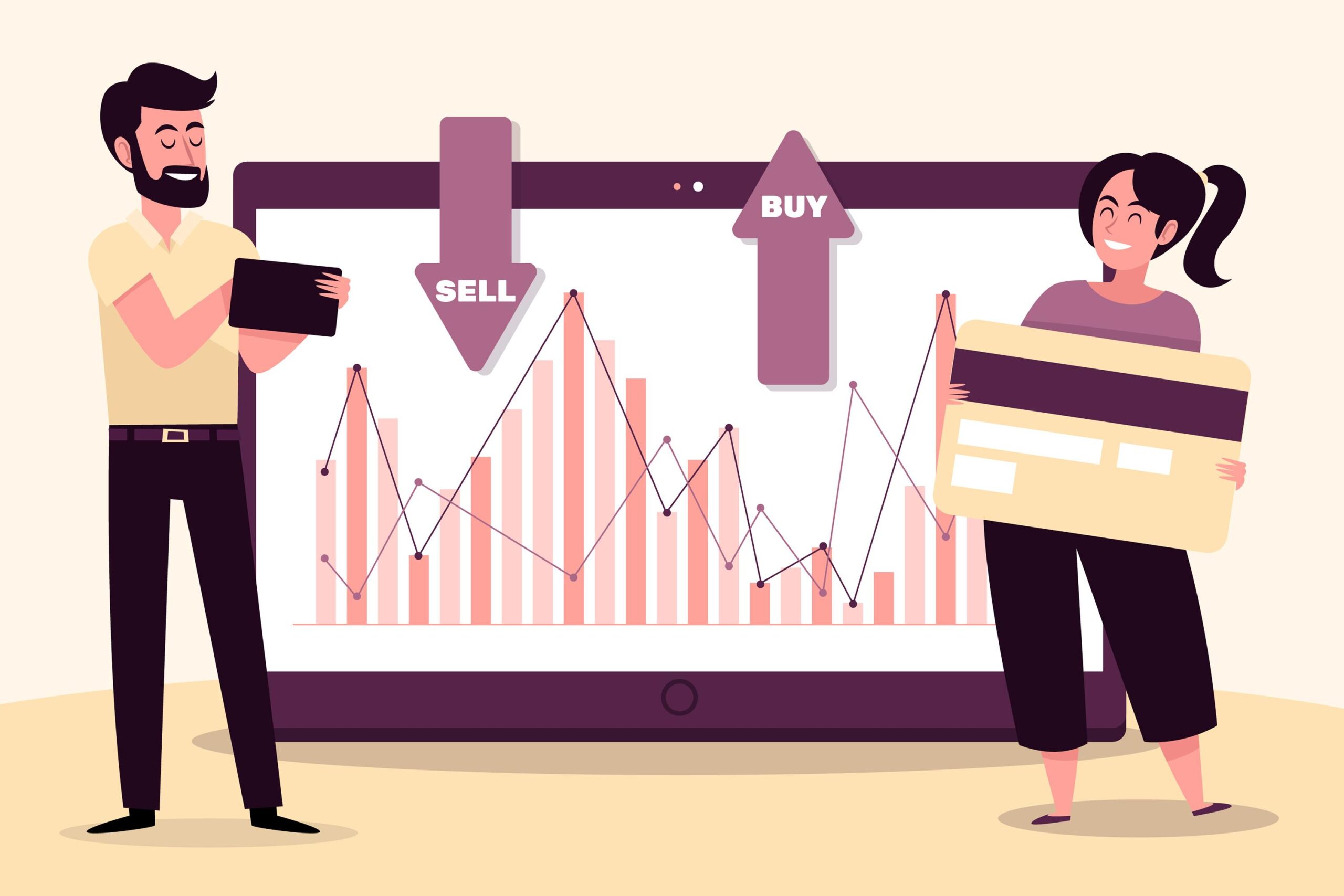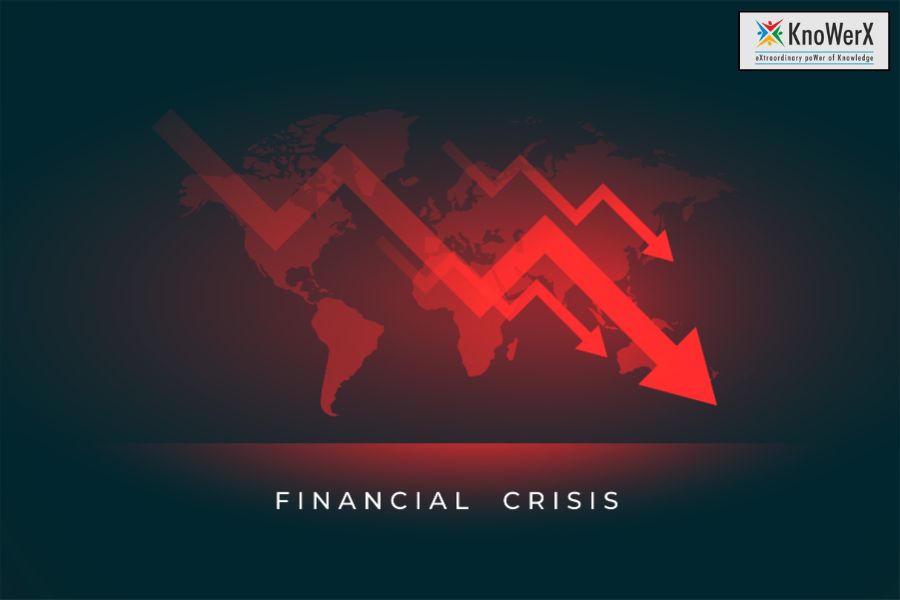How Global Supply Chain at Risk from Rising Tariffs
The introduction sets the stage by defining tariff hikes as increases in taxes imposed on imported or exported goods, which directly affect the Global Supply Chain. It highlights the critical role of the Global Supply Chain in enabling the seamless flow of goods, services, and raw materials across borders.

Tariff hikes disrupt this interconnected network by raising costs and creating inefficiencies. This section provides a brief overview of how these disruptions ripple through industries, setting up the need to explore their mechanisms and solutions.
II. Mechanisms of Disruption
This section delves into how tariff hikes destabilize the Global Supply Chain through multiple channels:
- Increased Costs: Tariff hikes elevate the cost of importing raw materials and exporting finished goods, squeezing profit margins. For example, manufacturers reliant on the Global Supply Chain for components face higher production costs, which may be passed to consumers, affecting competitiveness.
- Supply Chain Bottlenecks: The Global Supply Chain experiences delays as customs processes become more complex due to tariff-related compliance. These bottlenecks disrupt logistics, causing inventory shortages or overstocking, which further strains the Global Supply Chain.
- Market Uncertainty: Tariff hikes introduce volatility in the Global Supply Chain by making demand and supply unpredictable. Businesses struggle with forecasting, leading to inefficiencies in production and distribution planning.
- Trade Relationship Strain: Retaliatory tariffs from trading partners exacerbate disruptions in the Global Supply Chain. This tit-for-tat escalation erodes trust, complicating long-term partnerships and trade agreements essential for a stable Global Supply Chain.
III. Case Studies
This section illustrates real-world impacts of tariff hikes on the Global Supply Chain through two examples:
- U.S.-China Trade War (2018-2020): Tariffs imposed during this period disrupted the Global Supply Chain for industries like electronics and agriculture. For instance, higher costs for imported components forced manufacturers to seek alternative suppliers, creating delays and inefficiencies in the Global Supply Chain.
- Recent Tariff Hikes in [Specific Region/Industry]: This placeholder for a current example (e.g., tariffs on steel in Europe) highlights ongoing challenges. It examines how specific sectors face supply shortages or cost spikes, underscoring the broader vulnerability of the Global Supply Chain to policy shifts.
IV. Steps to Mitigate and Fix Disruptions
This section outlines actionable solutions to address tariff-related disruptions in the Global Supply Chain:
- Short-Term Solutions: Businesses can diversify suppliers to reduce reliance on tariff-affected regions, ensuring continuity in the Global Supply Chain. Stockpiling critical inventory and renegotiating contracts to share cost burdens also help mitigate immediate impacts.
- Long-Term Strategies: Relocating manufacturing to regions with favorable trade policies strengthens the Global Supply Chain’s resilience. Investing in automation reduces dependency on imported goods, while advocating for stable trade agreements minimizes future disruptions.
- Collaboration and Policy Advocacy: Industry associations can collectively lobby for tariff reductions, supporting a smoother Global Supply Chain. Engaging policymakers ensures businesses’ concerns are addressed.
- Technology and Innovation: AI-driven analytics enhance visibility in the Global Supply Chain, enabling proactive adjustments. Blockchain ensures transparent trade documentation, reducing delays and costs.
V. Economic and Social Impacts
This section focuses on the broader consequences of tariff hikes beyond operational disruptions, examining their effects on economies and societies.
Economic Consequences:
- Reduced Competitiveness of Affected Industries: Tariff hikes increase the cost of goods, making products from affected industries (e.g., manufacturing, agriculture) less competitive in global markets. For example, higher tariffs on imported steel can raise production costs for automakers, leading to higher prices and reduced market share.
- Potential Job Losses Due to Cost Pressures: As companies face squeezed margins from increased costs, they may cut jobs or halt expansion to remain profitable. For instance, small businesses reliant on imported goods may struggle to absorb tariff costs, leading to layoffs or closures.
Social Implications:
- Increased Consumer Prices: Tariffs often result in higher prices for goods, as businesses pass on additional costs to consumers. This can lead to inflation, reducing purchasing power, particularly for low-income households. For example, tariffs on electronics could raise the cost of smartphones and laptops.
- Strain on Global Economic Equity: Tariff hikes can disproportionately affect developing nations reliant on exports, exacerbating economic inequality. For instance, tariffs on agricultural exports from poorer countries could limit their access to global markets, hindering economic growth.
This section highlights the ripple effects of tariffs on economic stability and societal well-being, emphasizing the need for mitigation strategies.
VI. Future Outlook and Preparedness
This section explores the evolving landscape of global trade and how businesses and policymakers can prepare for ongoing and future tariff-related challenges.
Emerging Trade Trends:
- Shift Towards Regional Trade Agreements: In response to tariff uncertainties, countries are increasingly forming regional trade blocs (e.g., RCEP, USMCA) to reduce reliance on global supply chains and stabilize trade. This trend could reshape supply chain strategies, encouraging businesses to prioritize regional suppliers.
- Rise of Protectionist Policies: Growing geopolitical tensions and economic nationalism are driving more countries to adopt protectionist measures, including tariffs. This creates a volatile trade environment, requiring companies to stay agile and monitor policy changes closely.
Building Resilience:
- Strengthening Supply Chain Adaptability: Companies can invest in flexible supply chain models, such as dual-sourcing or modular production, to quickly pivot in response to tariff changes. For example, a manufacturer might maintain suppliers in multiple countries to avoid tariff-related disruptions.
- Investing in Workforce Training for Trade Compliance: As trade regulations become more complex, training employees in customs procedures, tariff classifications, and compliance can reduce delays and penalties. This is particularly critical for industries like pharmaceuticals, where regulatory adherence is stringent.
This section underscores the importance of anticipating future trade dynamics and building proactive strategies to ensure supply chain resilience in a tariff-heavy world.
These explanations provide a deeper understanding of how sections V and VI contribute to the outline, addressing the wider implications of tariff hikes and strategies for long-term preparedness.
Ending Notes

n an increasingly interconnected world, tariff hikes pose significant threats to the efficiency, stability, and resilience of the Global Supply Chain. As highlighted, these disruptions not only escalate costs and operational complexities but also carry deeper economic and social repercussions that can destabilise industries and communities alike. At KnoWerX – An Institute of Supply Chain Management, we recognise that the path forward lies in preparedness, adaptability, and informed strategy.
Image Reference: Freepik
Disclaimer: All trademarks, logos, and brand names are the property of their respective owners. All company, product, and service names used in this website are for identification purposes only. Use of these names, trademarks, and brands does not imply endorsement.



